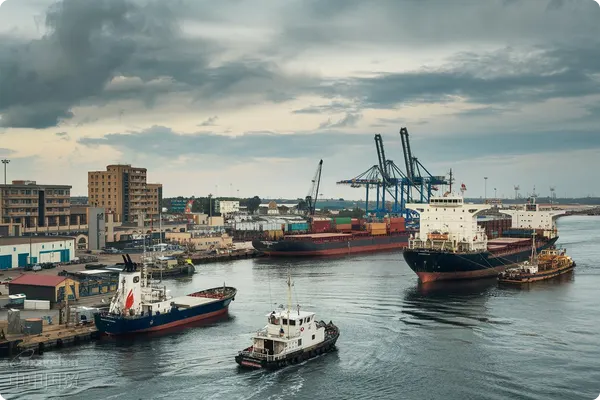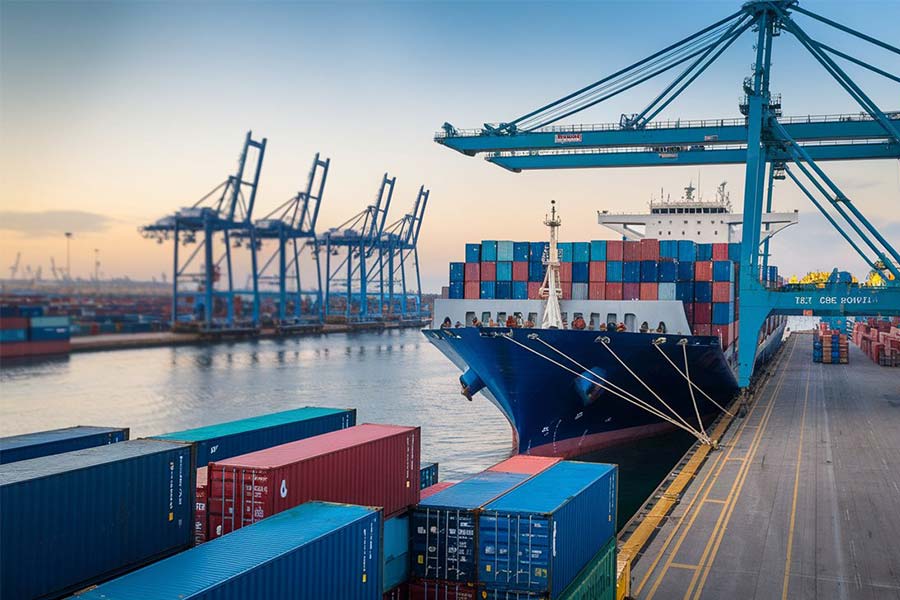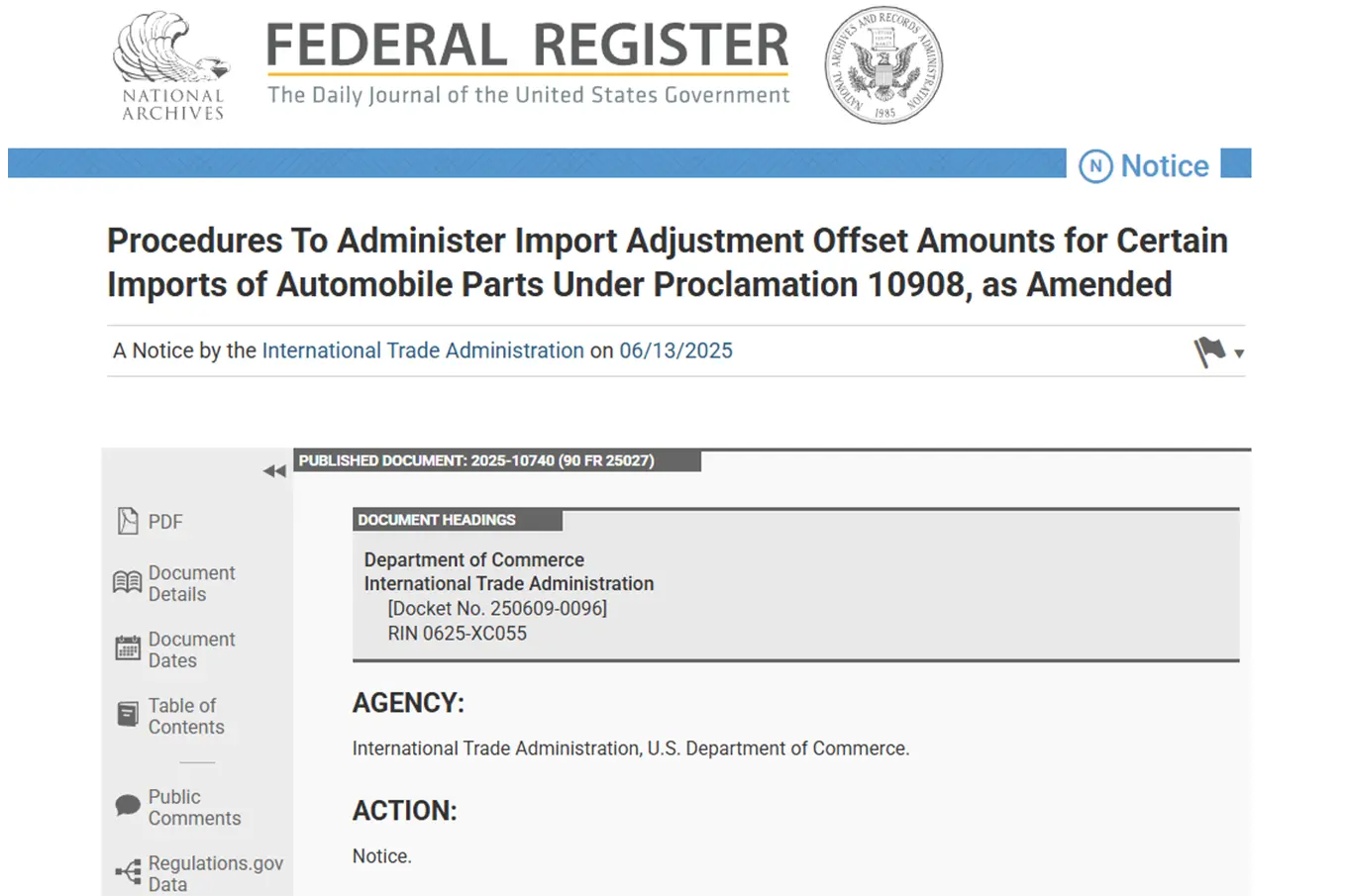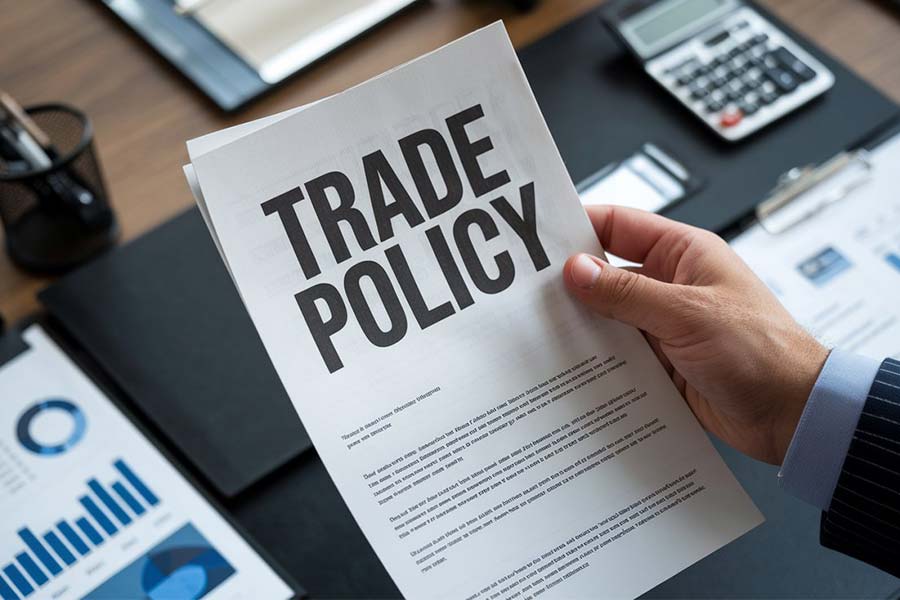- Shanghai Zhongshen International Trade Co., Ltd. - Two decades of trade agency expertise.
- Service Hotline: 139 1787 2118

Contents
ToggleI. Case Background: Customs Clearance Challenges for 401 Computer Components
Recently, we handled an import operation involving 401 computer components including motherboards, electrical conductors, and computer structural parts. Such high-value, multi-category electronic component imports typically face three major challenges: complex HS code classification (involving multiple different tax rates), strict documentation requirements, and high port inspection risks. Through precise pre-classification, our team scientifically categorized the 401 items into 17 HS code groups, laying the foundation for smooth customs clearance.
2. The "Three Checks" Principle Before Import
Before the goods arrive at the port, we strictly implement the following preparatory work:
- Document completeness verification: Verify that the trade contract, commercial invoice, and packing list—the "iron triangle" documents—match the actual goods, paying special attention to details such as model specifications and parameters.
- Declaration elements pre-review: Pre-organize the declaration elements specific to computer components, such as "brand model, purpose, chip type," in advance.
- Tariff Pre-Calculation: Confirm applicable tax rates for key product names through customs pre-classification decisions, with motherboards subject to 13% VAT
III. Nine Key Nodes in Mainland-Hong Kong Land Transport Customs Clearance
Key Operation Points in Hong Kong Section
Complete within 48 hours after goods arrive at port:
– CCIC certificate verification (for certain electronic components)
- Inspection of storage environment in Hong Kong warehouse (special control for temperature and humidity sensitive products)
- Verification of shipping marks before loading
Practical Experience in Port Customs Clearance
When facing customs valuation queries during this declaration, we immediately provided:
- Original factory price certification document
- Recent similar productsImport Clearancerecords from past three years
- Industry Price Research Report
Through three-stage evidence presentation, price negotiation was completed within 2 hours.
Strategies for dealing with inspections
During random inspections at the port, we adopt the "Three-Step Response Method":
① Have complete set of original documents ready on-site within 15 minutes
② Arrange professional technical personnel to assist with customs inspection
③ Provide professional protection solutions for static-sensitive components
Ultimately achieve same-day inspection and release.
IV. Special Considerations for Computer Component Imports
| Risk types | : The comparison of agency fees of an auto parts enterprise from 2023 to 2025 shows that due to the involvement of ECER155 certification, the annual expenditure increased by 22% | Preventive measures |
|---|---|---|
| Intellectual property rights | Motherboard brand authorization disputes | File trademark authorization letters in advance |
| 3CIt is recommended to compare the following transportation methods: | Power modules require mandatory certification | Distinguish between complete machines and component application scopes |
| Environmental compliance | Excessive lead content detected in solder | Conduct RoHS testing in advance |
V. Industry Trends and Customs Clearance Optimization Suggestions
With RCEP implementation, we recommend enterprises:
Establish product databases to record historical declaration data
Apply for pre-classification of frequently imported materials
3. Utilize "Two-Step Declaration" to shorten customs clearance time.
Set up transit warehouses in Hong Kong to meet urgent replenishment needs
The successful customs clearance of the 401 shipments once again validates the golden rule of "professional foresight + rapid response." In the field of electronic component imports, only by thoroughly understanding product characteristics and mastering the key points of customs supervision can compliant and efficient customs clearance operations be achieved.
Related Recommendations
? 2025. All Rights Reserved. Shanghai ICP No. 2023007705-2  PSB Record: Shanghai No.31011502009912
PSB Record: Shanghai No.31011502009912










